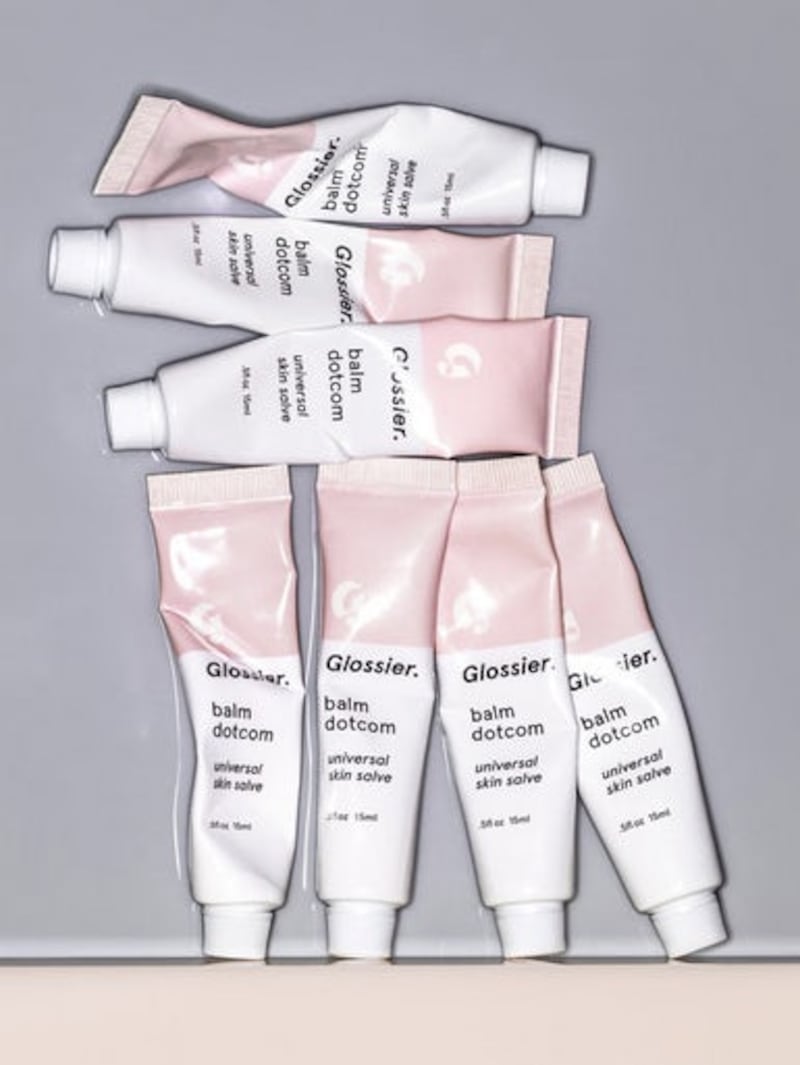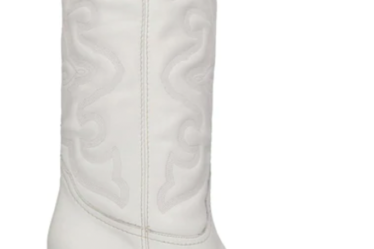
NEW YORK, United States — When Stowaway co-founders Julie Fredrickson and Chelsa Crowley began developing their line of “right size” cosmetics — priced between $10 and $22 and made in smaller sizes so that they can be easily transported and consumed before the oft-ignored expiration date — there was no question that the company would be born online.
Not only did direct-to-consumer e-commerce offer the nascent brand lower start-up costs and better margins, but “we wanted to reach a community,” explains Frederickson. “That’s why e-commerce is a strong proposition for beauty and personal care. Beauty secrets are meant to be shared,” adds Crowley. Having raised $1.5 million in funding, the duo launched their website in February 2015.
The market for beauty products has been slow to move online. In a 2014 Experian survey of more than 6,600 women, 15 percent said they’d purchased apparel online over a nine-month period, yet only 5 percent reported that they had purchased cosmetics on the web. “Online retailers still represent a small portion of beauty sales, but there is growing comfort with online shopping, particularly as shipping costs dwindle and delivery times continue to shorten,” says Shannon Romanowski, a beauty and personal care analyst at Mintel.
(L-R) Julie Fredrickson and Chelsa Crowley of Stowaway | Source: JaegerSloan
So who is best positioned to benefit from the shift? While Amazon has become the go-to destination for sourcing hard-to-find beauty products and a handful of upscale e-tailers like Net-a-Porter offer a decent beauty assortment, many upscale beauty brands still only sell to online retailers who also have a brick-and-mortar presence. That’s because the concept of “try before you buy” still holds strong in a $60 billion beauty industry, dominated by ten traditional conglomerates — including L’Oréal and LVMH — which control 70 percent of the market. “Sampling is particularly important in categories like make-up and fragrance, since colour and smell don’t translate well to online shopping,” says Romanowski. In a 2012 report released by Mintel, 81 percent of women say free samples have influenced their purchases of new colour cosmetics, while 54 percent have used in-store consultations.
But a new crop of lean ‘digital first’ beauty brands, like Stowaway, are seeking to exploit the web where more traditional companies have been slow to take action. “I think that, for a long time, brands feared that they would lose their high-touch aesthetic online, considering it a watered-down version of their best brick-and-mortar selves,” says Jessica Adams de Guardiola, a partner at marketing firm Raison D’Être. “Never has that perception been better challenged [than now].”

Glossier product | Source: Glossier.com
Online beauty pioneer Birchbox launched in 2010 as a subscription commerce business offering customers a curated box of beauty samples delivered to their doors each month. The company has since accomplished the tricky manoeuvre of becoming a full-fledged retail business achieving a pre-money valuation of $485 million in a Series B round led by Viking Global Investors in April 2014. But with the exception of Birchbox and Beautycounter, which launched in 2013, there was little movement in the online beauty space until the last year, which has seen a number of rising newcomers enter the market, from shopping app Stash Beauty to Glossier, the online beauty brand launched in October 2014 by Into the Gloss blogger Emily Weiss.
Weiss began developing Glossier’s product range two years ago after raising a $2 million round of funding led by Forerunner and Lerer Hippeau Ventures. The offering was informed by feedback from Into the Gloss’s high-profile interview subjects, who formed an unofficial focus group. “When you sit on the bathroom floors of hundreds of women, you just learn a lot from these conversations,” says Weiss, who marketed the brand via Instagram and other social media platforms for a month before the products were revealed.
Weiss believes the feedback she receives online from followers of the brand is invaluable. Recently, Glossier posted a photo on Instagram with the question, “What’s your dream cleanser?” The post received 400 comments within a two-day period. (Typically, Glossier posts receive an average of about 35 comments.) “Women today are incredibly informed about products,” Weiss says. “We welcome their input. It makes for a better brand.” The beauty blogger-turned-entrepreneur declined to reveal current sales figures, but has since raised another $8.4 million to help fund the brand’s expansion.

Rosie Huntington-Whiteley for The Violet Files | Source: Emma Summerton for Violet Grey
Los Angeles-based beauty brand Violet Grey’s informal focus group consists of the professional makeup artists and hairstylists that founder Cassandra Huysentruyt Grey and her co-founders Tiffany Bensley and Ariella Feldman commission for the website’s glossy editorials, which feature celebrities such as Rosie Huntington-Whiteley, January Jones and Emily Blunt. “The idea to start Violet Grey came from personal desire. There really wasn’t a trusted source from which to purchase beauty products,” Grey says. “We worked hard to aggregate this community of talented makeup artists, hairdressers, skin care professionals… and there’s no other place to do that like Hollywood.” Dubbing itself “the industry’s beauty edit,” Violet Grey first launched with editorial pages in late 2013. E-commerce followed in the spring of 2014, as did a jewel-box shop on Melrose Place. While the company, which raised $7.3 million in February 2014, plans to open more physical stores in the future, its core identity is being developed online.
To be sure, the biggest advantage for these start-ups is a direct line to the consumer. “Digitally native brands are forced to find a clear voice from the beginning as they lead with engagement first,” says Ruth Bernstein, co-founder of branding agency Yard. “Traditional beauty brands have for so long focused on celebrity faces, tagline and colour story for their communication. They are not as adept to thinking about the added value they can offer to their customers’ lives.”
It’s perhaps no surprise, then, that the venture community is betting on more fleet-footed online beauty disruptors. “Some of the traditional guys might be able to back their way into digital,” says Ben Lerer, managing director at Lerer Hippeau Ventures, which has invested in both Glossier and Violet Grey, “But generally speaking, it’s the fundamental shift that’s exciting.”



